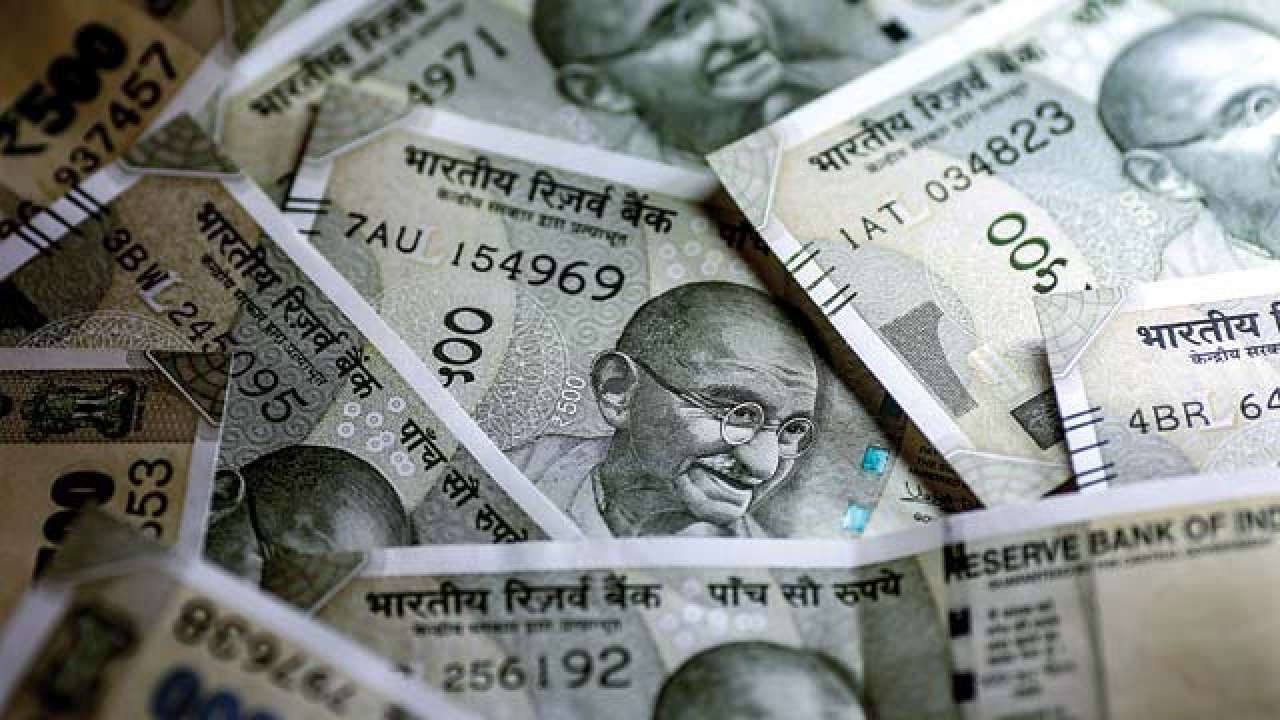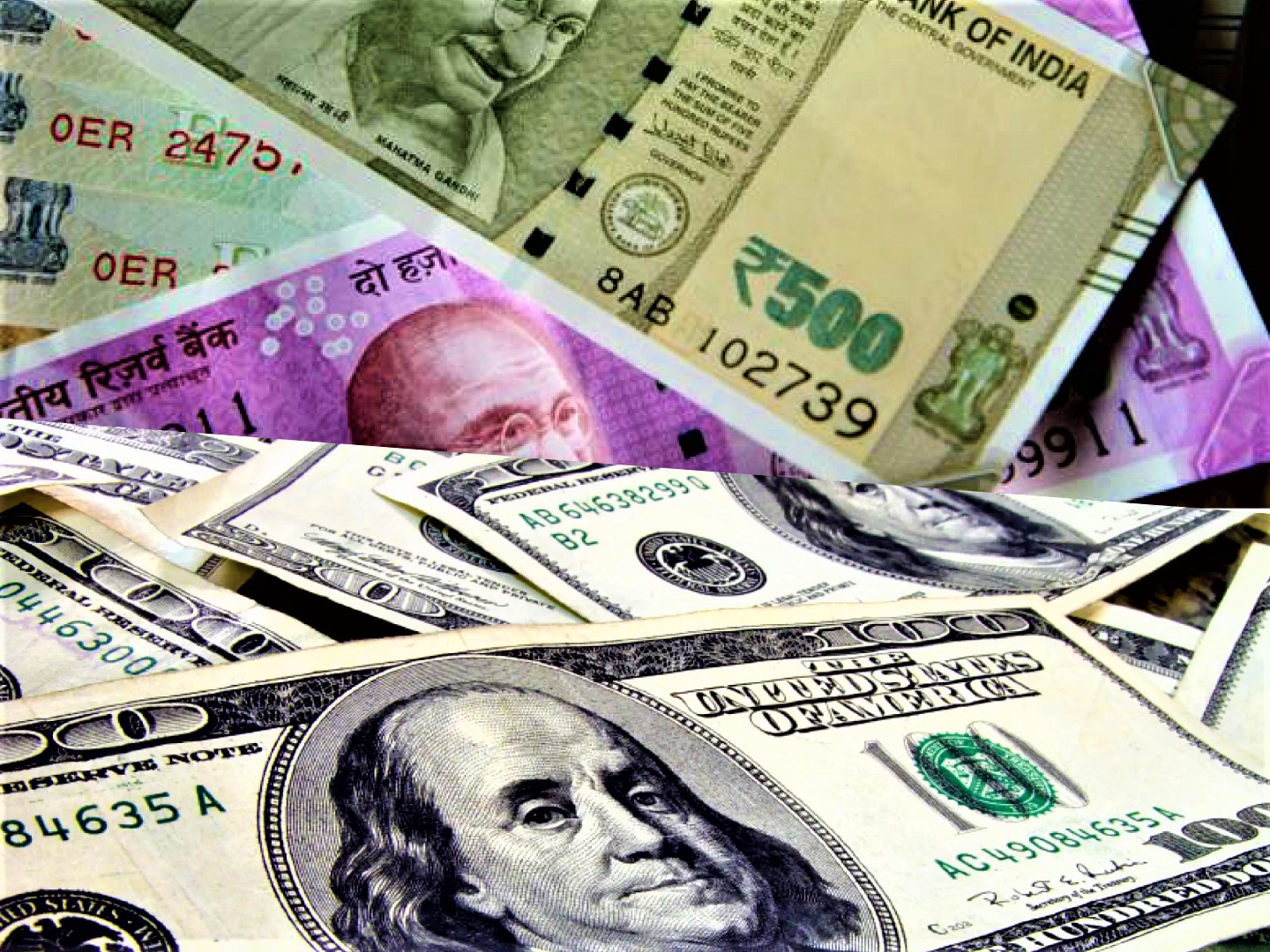
The 1966 devaluation was the result of the first major financial crisis the government faced.

India had a consistent balance of payments deficits since the 1950s. There were many attempts to keep positive trade balance but ultimately they failed. In such scenarios, it is expected that India would import more than it exports. 1966 economic crisesĭuring this time, India was still a developing economy. Making the lower denominations a part of Indian currency, the money was made accessible to every Indian citizen but it also increased the value of INR. This move was considered important because decimalisation always played a part in modernisation and revolutionary change in the currency system and for the economy. The prefix naye was removed but the value continued. During this phase, Indian Rupee was divided into 100 naye paise (Hindi/Urdu for new paisas). Of the key factors that made this happened are listed below Decimalisationĭecimalisation happened in 1957. This also plays a role in the current value of INR to one USD. In the last ten years during which period of the great recession of 2008 has passed the US federal fund rates have been flat at 0.25 percent. Multiple Economic Crisis, Privatization, Devaluation and loans from The Worldīank played a role in determining the value of 1 USD to INR over and over again.

Rupee has been through a lot of situations that kept bringing down its value. Key factors that played a role in the current status of Indian Rupee (INR) Metric system and the value of rupee changed at the same moment. When India gained independence, it had to accept the international In official records, 1 INR was never equal The ever changing rates of Indian Currency to US Dollar INR to USD in 1913 should be 0.09 and if we keep the 1 USD = 1 INR argument As per the modern metric system, the value of Everyone was slowly adjusting to it during the time India gained independence. This agreement determined the value of every currency in the world. The history essentially starts from the time when the Britton Woods agreement was passed in 1944. Here it is believed that 1 Pound was equal to 13.37 Rupeesĭuring 1947, and that’s why the value of USD should be INR 4.16 in 1947. Was a British ruled state, so the value of INR was higher because value of The most common one is however that there was no metric system soĪnother argument is that before 1947, India There are multiple arguments about how 1 Dollar rupees in 1947 had a better value. It is believed that 1 INR used to be equal When India became independent in 1947 the Today, the value of INR is lower than USD,īut this was not the case before. Send money abroad to your loved ones in Just few clicks with our Foreign Exchange services SEND MONEY 1 USD to INR value during 1947 This will give you an idea of how the journey of INR has been so far and where does US Dollar stand at the end of December 2020. You can start analysing the change in rate of 1 USD to INR in 1947 and see how exchange rate kept increasing in the coming years. Here, a chart will show you the changing value of 1 USD to INR. 1 USD to INR Rates From 1947 to 2020 Year Some of the denominations higher than USD are Kuwaiti Dinar, Bahrain Dinar, British Pound and Euro. Dollar’s value has been always higher than most of the currencies. Its status is on a level where most of the international trade and exchange is valued using this currency.

US Dollar is considered as one of the most valuable currencies in the world. This practice is frequent between the travellers visiting South East Asia and Middle East. Many travellers travelling abroad exchange INR to USD and then later get it converted to the local currencies to get a better rate. INR’s value ranges around 64 – 71 to 1 USD. Today, if we convert 1 USD to INR the Indian currency’s value is lower than USD.


 0 kommentar(er)
0 kommentar(er)
